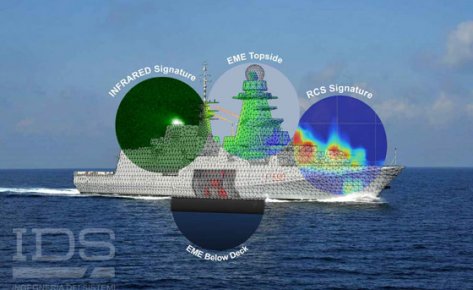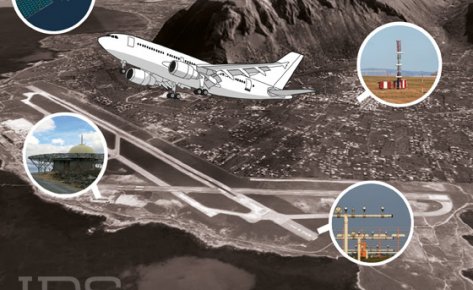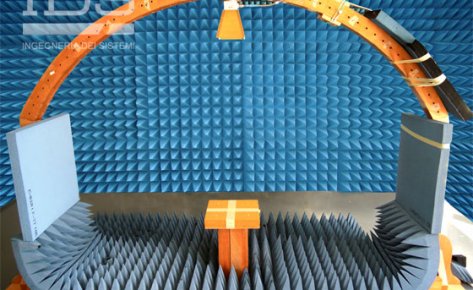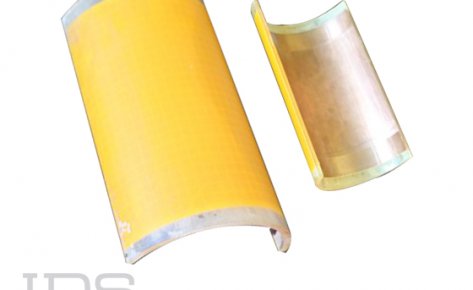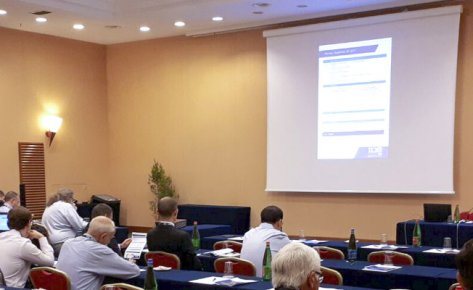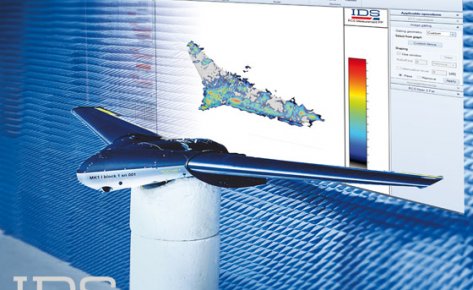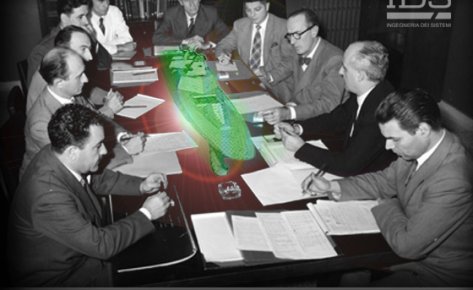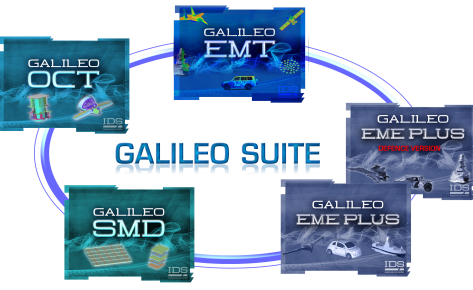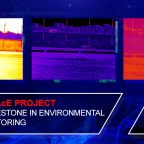Integrated framework for electromagnetic modeling and simulation of naval platforms
Ship EDF is a software framework conceived for the electromagnetic (EM) design of naval vessels. It is a comprehensive system that supports concurrent EM modeling and simulation, therefore assisting the optimization of a naval platform’s electromagnetic environment effects (E3). The software is modular and provides:
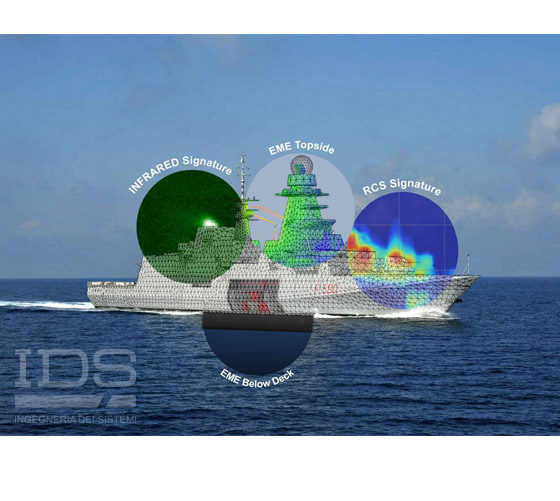
- EMC/EMI assessment
- Antenna placement
- Radiation hazard identification
- Electromagnetic compatibility below deck
- Radar cross section (RCS) analysis
- Infrared (IR) signature analysis
- EM risk analysis and management
Ship EDF Applications
In the past, electromagnetic, infrared and radar cross section assessment would be performed through physical measurements. These would be conducted during sea trials following the completion of a new vessel and prior to its commissioning. At this stage the scope and scale of any modifications to the ship’s design are limited, expensive and time consuming. Ship EDF provides the tools for E3 naval platform simulation and design, allowing these activities to start during the early conceptual design phase and to continue all the way through the design and construction phases to the final acceptance tests.
Ship EDF provides detailed models and simulations of the electromagnetic environment, infrared signature and radar cross section of a new ship’s design and makes use of advanced electromagnetic solvers as well as analytical, computational and design procedures, which have been internally developed and validated in a continuous process since 1982. These aid the designer in making changes and selecting the best choices during the critical early design stages. It also includes tools to manage a project’s workflow, track its history and to store the data in a database to enable multiple projects to benefit from the same validated materials and equipment data.
Modern naval vessels rely heavily on complex electronics for many different tasks such as surveillance, communications, propulsion control, internal power and weapons control systems. These systems all need to be able to work as designed without unwanted interference from each other and the environment. It is also important to ensure that onboard electronic equipment does not cause excessive radiation hazards to personnel, fuel or ordnance.
As well as being able to operate smoothly, a naval vessel needs to be able to complete its mission successfully and safely. Its electronic systems need to be able to detect and identify a threat and then to track and target the threat whether it is another vessel, a plane or an incoming missile. In order to do this, the topside electronic systems (e.g. radar, weather systems etc.) need to be working as efficiently and effectively as possible.
In addition, a naval vessel needs to be able to avoid detection for as long as possible and to present a small target when eventually detected. This can be accomplished by minimizing a ship’s radar cross section and by reducing its infrared radiation emissions.
Download Ship EDF Brochure
Electromagnetic, infrared and radar cross section assessment.
Ship EDF Main Benefits
SHIP-EDF – TECHNICAL SHEET
Ship EDF-RCS provides a single environment for all the different tasks required to perform RCS analysis including structure and material modeling, simulation task management and result post processing.
- Fully customizable databases for equipment, sensors and electromagnetic material characteristics
- 3D geometrical modeling
- RCS and radar image evaluation in a free-space or sea environment
- Comprehensive processing tools which include diagnostic tools for identification of critical geometrical areas and RCS mitigation
- Operational performance evaluation (RAF, SSR, detection probability and detection range)
Download Ship EDF - RCS Module Brochure
Ship EDF-IR provides a single environment for all the different tasks required to perform IR analysis including structure and material modeling, simulation task management and result post processing.
- Fully customizable IR material parameters and scenario definition databases
- 3D geometrical modeling tools for the external structure
- Modeling of internal compartment heat sources and exhaust ducts
- Parameter set up for scenario environments
- Temperature distribution, IR imaging and signature
Download Ship EDF - IR Module Brochure
Ship EDF-EME provides a single environment for all the different tasks required to perform EMC/EMI analysis including structure and material modeling, simulation task management and result post processing.
- Fully customizable databases for equipment parameters, and electromagnetic material and sensor characteristics
- 3D geometrical modeling tools
- Full band antenna modeling
- Full band simulation capability
- Near field and radiation hazard processing
- Subsystem performance synthesis
- Electromagnetic interference (EMI) evaluation tools which take account of transmitting and receiving antenna chains
- EMC/EMI risk management, customizable to match project requirements
Download Ship EDF - EME Module
Ship EDF Below Deck is a framework which aims to provide support in solving the electromagnetic compatibility (EMC) issues found in a ship’s below deck environment.
- A complete set of tools for data management, analysis and the processing of EMI problems in a ship’s below deck environment
- 3D geometrical modeling tools to model a ship’s internal compartments and cable bundle paths
- 3D EM solvers for the evaluation of internal near field levels and incident fields/currents on a 3D path
- Cable network analysis functions including numerical analysis based on the EM topology proposed by Baum-Liu-Tesche (BLT)
- Post processing for cable coupling and to display internal fields
Download Ship EDF - Below Deck Module
- Tailored risk files reporting the assessment and evolution of EM risk derived from specialized EM analysis
- Risk matrices showing a complete view of a ship’s overall EM risk status
- Risk process management


